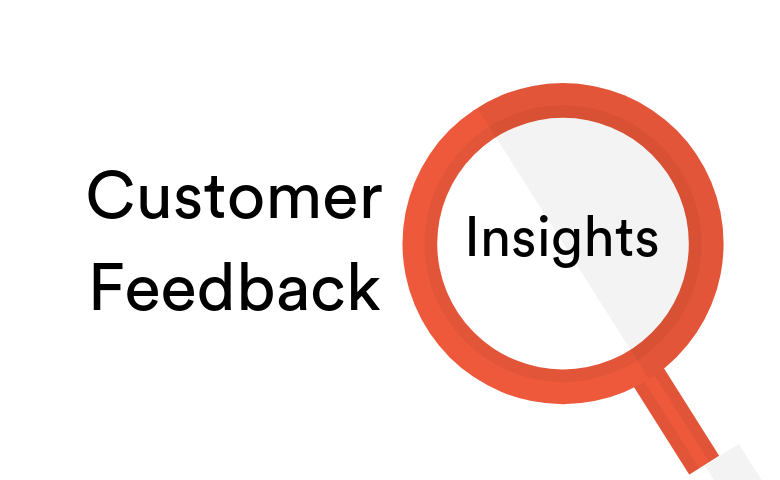
What to do with Customer Feedback Survey Insights

Customer feedback is information provided by clients about their level of satisfaction with a product or service and is one of the most reliable sources for tangible data that further can be used in making business decisions.
Consider the customer feedback survey pipeline: designing a survey, issuing the survey, analyzing the results for insights, and taking action based on those insights. We're going to focus on that very last step. Taking action based on customer feedback can be a daunting task; here are four ways survey insights can inform your decision making.
Identify what's working and what's not working
Customer feedback is as important to your business as it is to other customers. It's easy to make assumptions about what is working and what isn't working. Without feedback from your customers, it's impossible to know for sure. A well-designed feedback survey should gather customer sentiment on particular attributes of your product, allowing you to better understand your successes and shortcomings. There are a number of useful questions that can identify what is and isn't working:
- Customer Effort score: The customer effort score measures how much difficulty a user experienced when using your product. A high score implies that your product is difficult to use. Expanding a customer effort question to drill down on the specific elements of your product is a great way to identify where work needs to be done.
- Driver analysis with customer satisfaction: Driver analysis will help you understand the key drivers of customer satisfaction. It will identify the product attributes that most influence how satisfied your customers are.
- Direct open-ended questions: You can target this issue head-on by directly asking your customers a question like, "What do you dislike about our product?" This allows the customer to answer in their own words and in greater detail than a closed-ended question.
Tailor your approach to different segments
Customer feedback survey results can uncover important segments in your customer base. These segments can be based on a customer's demographics, geography, or behavioral characteristics. For example, older customers might have different requirements to younger customers and you may find urban customers use your product differently to rural customers. By understanding the varied wants and needs of your market, you can better tailor your approach to your customers.
- Step up your marketing strategy: By understanding how a particular demographic uses your product, you can create a more effective marketing strategy. If you are marketing to a particular age or socioeconomic group, it's important to know where those customers can be found and how they respond to different styles of advertising.
- Customize your products: Different customers have different needs. By understanding how customers use your product, you can tailor your product to suit their requirements. That may involve creating a standard and premium version of your product, or adding different language settings.
- Target segments at risk of churn: Your survey results may show that a particular segment is particularly at risk of churn. With this knowledge, you can focus your efforts on retaining this group of customers.
Use customer feedback to uncover potential customers
Feedback surveys aren't just for customer retention because they're also great for customer acquisition. Survey results will inform you of the kinds of potential customers to target, and the existing customers who are willing to help promote your brand.
- Target lucrative demographics: Your survey results may reveal that your product is particularly appealing to customers of a particular demographic. If this is the case, then you already know where to pursue quality sales leads.
- Encourage recommendations: The Net Promoter Score measures how likely a customer is to recommend your product to a friend or colleague. Encouraging users who gave a high score to spread the word about your product is a great way to grow your customer base.
Focus on the key drivers of positive customer feedback
Driver analysis is used to identify key attributes that influence positive feedback. For example, do factors like speed, user-friendliness, and price plays a role in driving satisfaction? They do if you are a tech company.
- Focus on key brand perception attributes: Brand perception attributes are traits that are commonly associated with a brand or product. For example, Apple is perceived to be stylish and Tesla is perceived to be innovative. Identifying which brand perception attributes drive positive feedback can provide brands with ideas of how to market themselves.
- Focus on key product attributes: Product attributes refer to features like speed, durability, and weight. Driver analysis can determine which product features are most valued by customers. Businesses can then choose to focus on improving those particular features.




